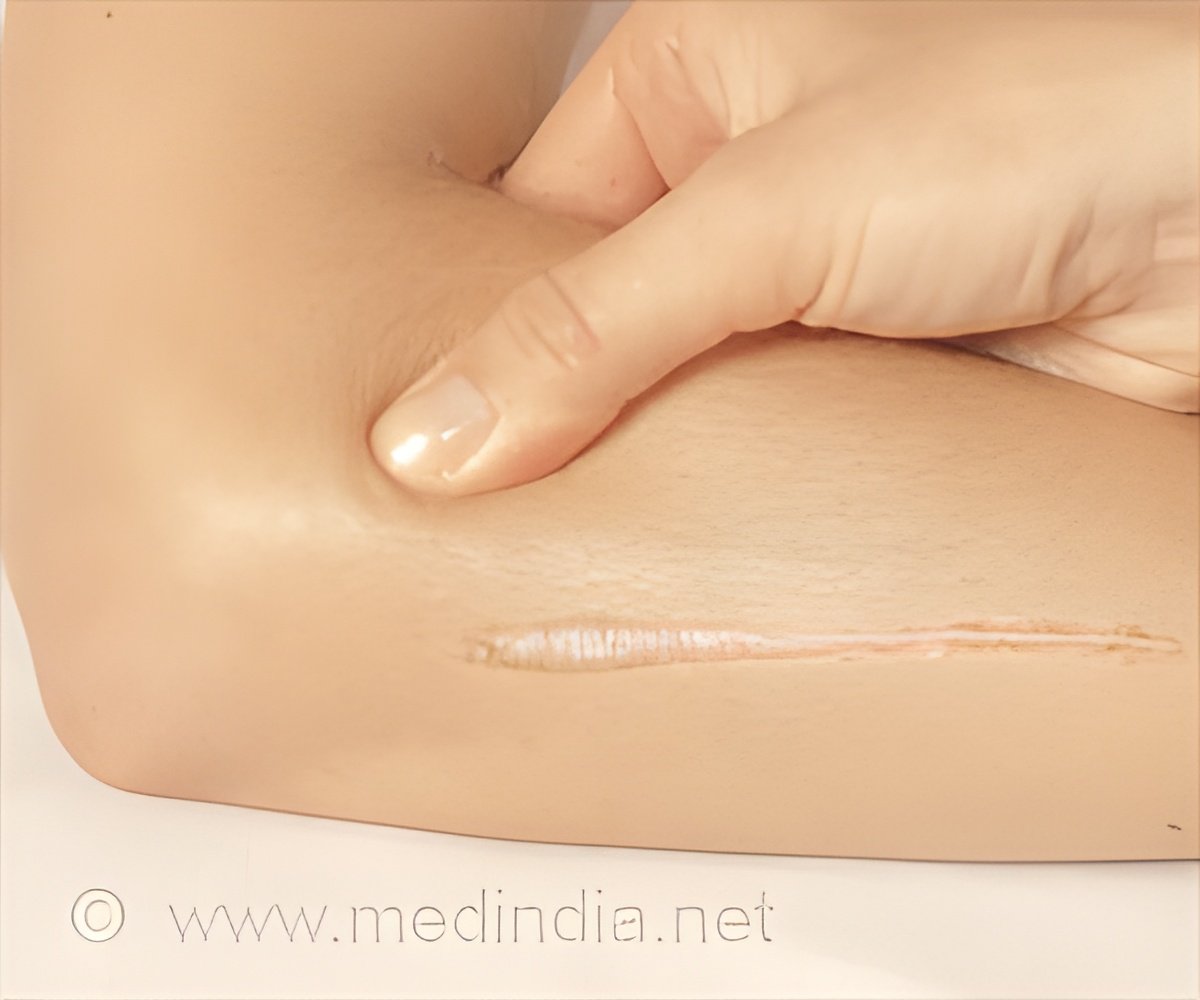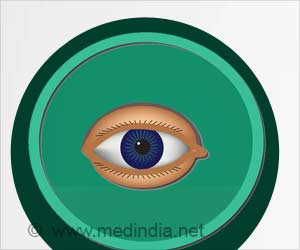Certain bacteria present in keloids are known to trigger inflammation. Using antibiotics might reduce bacterial populations in keloids.

Commensal microbiome dysbiosis elicits interleukin-8 signaling to drive fibrotic skin disease
Go to source)
What are Keloids?
Researchers examined clinical samples from keloid tissue and discovered higher concentrations and different types of bacteria compared to normal skin, particularly in the deeper layers of the keloid. Subsequent patient studies revealed that, although bacterial communities on the surface of keloid skin resemble those on normal skin, the deeper layers of keloids host a more diverse array of bacterial communities.‘#Keloids are treatment-resistant raised #scars that often do not respond well to conventional therapies such as steroid injections or surgical removal. #wounds’





These keloids can itch and cause psychological distress. Keloids are caused by hyperproliferation of cells called fibroblasts that produce collagen. Previous research had suggested that microbiota might be one of many factors influencing fibroblast production. Keloid-Specific Bacteria Linked to Increased Inflammation
Some of the bacteria found in keloids are known to cause inflammation. The authors show that keloid-specific bacteria increase the production of the pro-inflammatory cytokine interleukin-8, which in turn promotes the migration of fibroblasts and the production of collagen—although this effect is not as strong as the authors initially predicted.The authors propose that keloids represent a dysfunction in the normal wound healing sequence, in which fibroblast cells continue to create inflammation and migrate to the wound long after a normal healing process would have moved on to remodeling the tissue.
Bacteria may play a role in keeping the body stuck at an earlier stage in the wound healing sequence. According to the authors, antibiotics and phage treatments could help reduce the number of bacteria in keloids and improve the outcome of therapeutic treatments.
Reference:
- Commensal microbiome dysbiosis elicits interleukin-8 signaling to drive fibrotic skin disease - (https://academic.oup.com/pnasnexus/article/3/7/pgae273/7717709)









